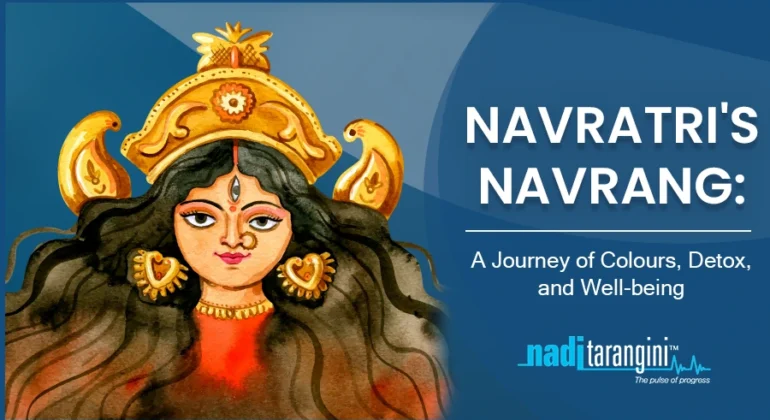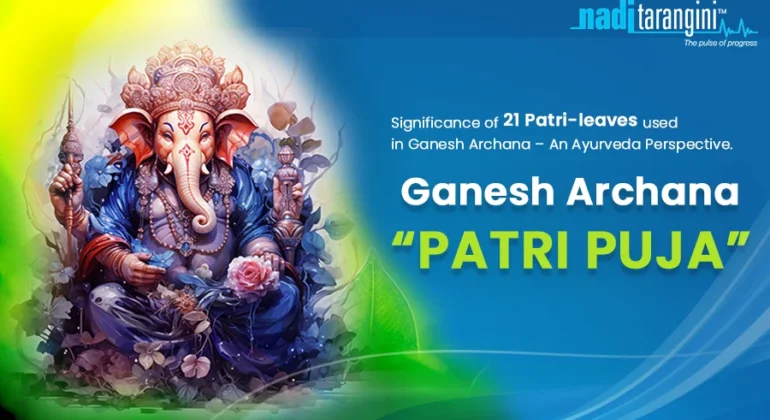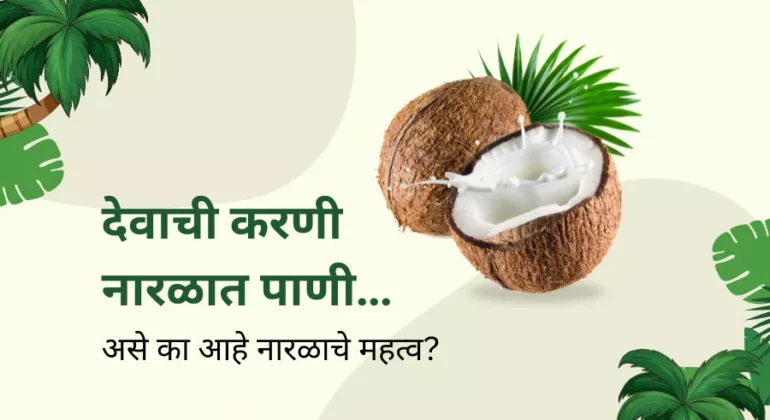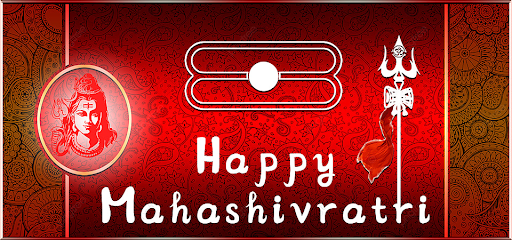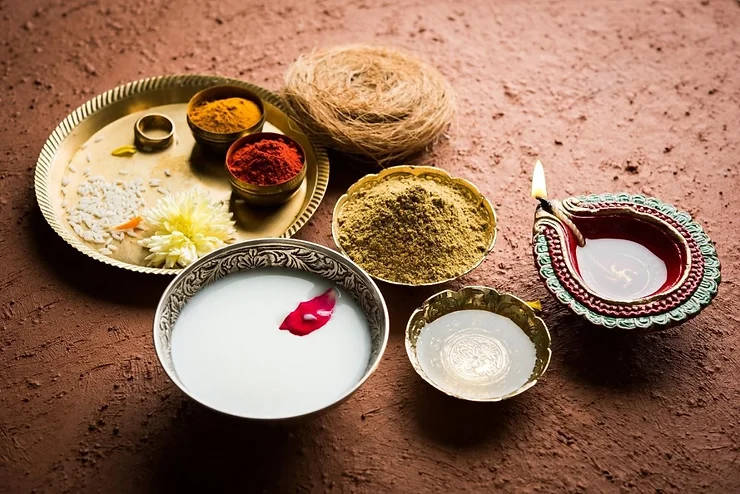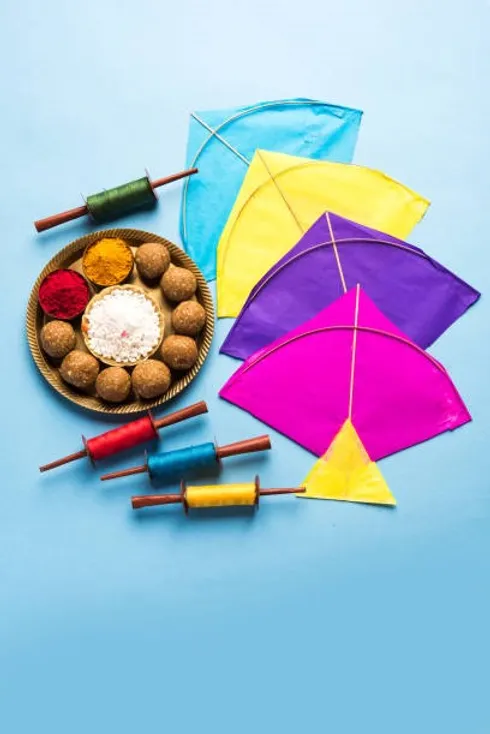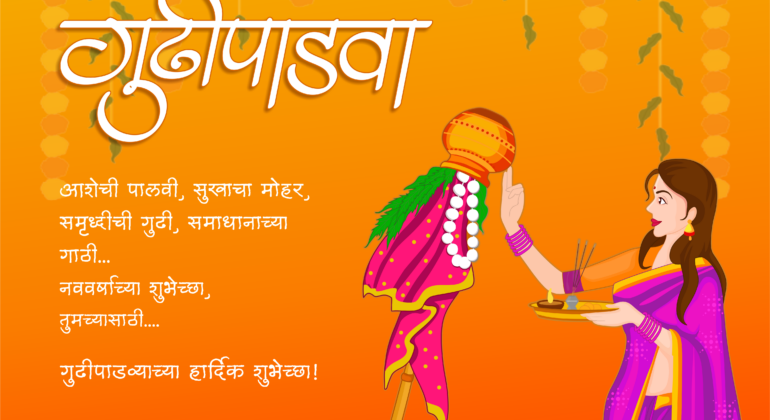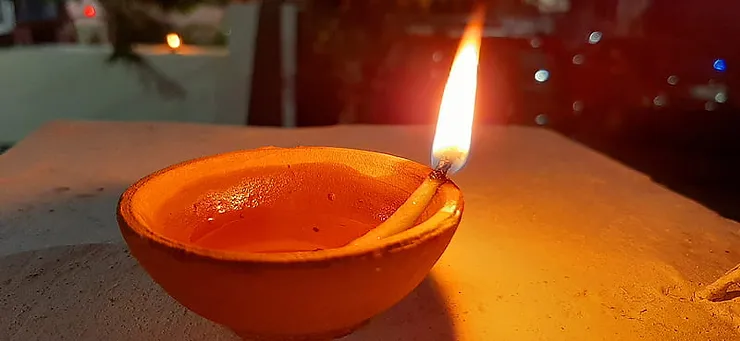Navratri’s Navrang: A Journey of Colours, Detox, and Well-being
The festival of Navratri is a vibrant and joyous celebration that holds a special place in the hearts of millions of people in India and worldwide. This nine-night festival, dedicated to the worship of the goddess Durga, is a religious observance and a cultural extravaganza …
Ganesh Archana – “Patri Puja”
Significance of 21 Patri-leaves used in Ganesh Archana – An Ayurveda Perspective. Ganesh Chaturthi is celebrated with great devotion all over India. People bring and welcome the Idols of Ganapati at home or in pandals. The special chant of Mantras, Pooja, and Aarati always enhances …
देवाची करणी नारळात पाणी… असे का आहे नारळाचे महत्व
श्रावण महिना हा सणांचा महिना म्हणून ओळखला जातो. नागपंचमी, श्रावणी शुक्रवार, मंगळागौर, दहीहंडी असे विविध रंगी आणि विविध परंपरांनी युक्त सण श्रावणात साजरे केले जातात. या सणांच्या दिवशीकेल्या जाणाऱ्या वैशिष्ट्यपूर्ण पदार्थांचा, पूजेचा अविभाज्य भाग म्हणून नारळाचा वापर केला जातो. नारळी पौर्णिमेदिवशीही वरुणदेवतेप्रीत्यर्थ समुद्राची पूजा करून …
HOLI: Festival of colors and bonding!
Millions of Indians and South Asian countries mark the arrival of spring with the festival of colors, joy, and renaissance named Holi. Holi is a way of announcing the end of colder days and the beginning of warmer days. It is celebrated on the last …
Happy Maha-Shivratri
Maha-Shivratri means the most important night of lord Shiva. Shivratri is celebrated on the 14th day of every month, one day before the new moon. Among the 12 shivratri celebrated according to the Hindu Calender in a year, Mahashivratri is the most important one generally …
तमसो मा ज्योतिर्गमय… Celebrate Diwali in Turyaa Way!!
India is known as the land of festivals which are no more confined to the boundaries of our nation but also being celebrated by the different communities around the world. Diwali, festival of lights, energy and happiness is the king of all festivals celebrated all …
Makar Sankranti- Sweet Surprises to rejuvenate health & immunity with goodness of Tilgul!!!
A new year always starts on a sweet note. The Indian calendar welcomes each New Year with this auspicious festival falling on the same date on the calendar even with change in the decades. The very scientific reason for this is that this is the …
Gudi Padwa through an eye of Ayurved
In Bhagavad Geeta, Shrikrishna mentioned the superiority of Vasant Rutu amongst all Rutu by the line ‘Rutunam Kusumakar’ | Vasant Rutu is the season of creation, diversity and happiness. The first day of this Rutu is celebrated in India as Gudi Padwa. i.e. Marathi New …
Spiral of Happiness – Chakali!!
“Shine like sparkles, glow like lamps and burn all the negativity like crackers this Diwali”. The most awaited festival of the year is here and our homes are bustling with positive vibes, sparkles, new clothes, new belongings and loads of Festival goodies and delicacies. It’s …

